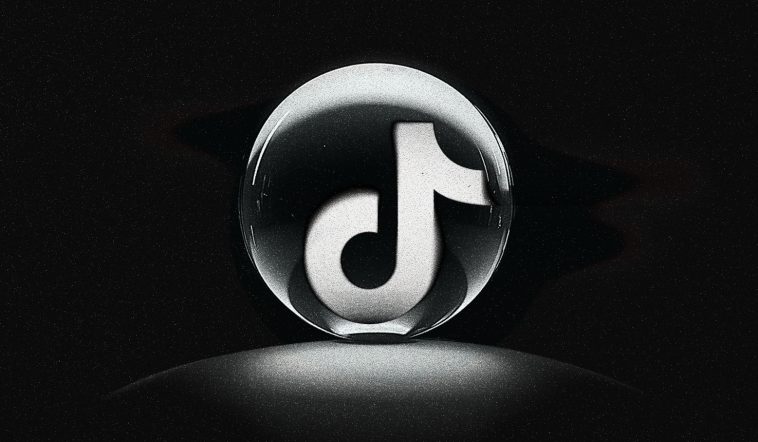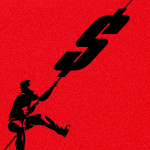By Kimeko McCoy • January 15, 2025 •
Ivy Liu
We want to hear your thoughts on the potential TikTok ban. Take our brief survey.
The likelihood of a future without TikTok is getting more real as the deadline to sell or be banned in the U.S. is just days away. While Tiktok’s future hangs by a thread, brands that rode a wave of virality thanks to TikTok’s algorithm, like Bogg Bag, Duolingo and Cakes, now grapple with the challenge of recreating virality elsewhere (if that can be done).
For some companies, TikTok’s algorithm has been a big get, one of the last cost-effective ways to reach a broad audience in an increasingly pay-to-play and fragmented social media landscape. While some brands are going down with the ship, posting to TikTok with a business as usual cadence, others have outlined contingency plans on TikTok competitors, Instagram Reels, YouTube Shorts and even LinkedIn, in hopes to strike viral gold again. Or at the very least, maintain its social currency.
For example, Duolingo, the language learning app known for its viral TikTok star and mascot Duo, has more than 14 million followers on the app. Over the years, Duolingo has made headlines for its so-called unhinged TikTok strategy and viral videos. But in light of the possible ban, CMO Manu Orssaud said Duolingo plans to spend 2025 “doubling down” on brand content, creating larger, multi-platform campaigns and experimenting with new storytelling formats across the digital ecosystem. (It’s unclear how Duolingo will spend ad dollars across social media as Orssaud did not outline specific figures.)
Similarly, Blueland, an eco-friendly cleaning product, said some TikTok virality has driven brand awareness and boosted its retail success at stores like Costco and Target, according to Sarah Paiji Yoo, CEO and co-founder of Blueland. (She did not provide specific revenue figures). “In the event of a ban, we will continue to grow our top-of-funnel reach through a robust creator-affiliate program, but will shift campaigns to Meta platforms and other DTC channels,” she told Digiday in an email.
According to Chris Cunningham, head of social marketing and a founding member of project management software company ClickUp, the company’s viral TikToks, one of which got nearly 20 million views last July, have made for increased brand awareness and email registrations. The company doesn’t boost its TikTok posts, opting for a mostly organic presence on the app. Most of the TikTok-related costs go to content production and two full time staffers – a lead creative and creative producer. (He did not provide specific numbers.)
He’s not confident TikTok’s algorithm can be recreated on places like YouTube Shorts or Instagram Reels, especially given the pay-to-play nature of said platforms. Albeit mysterious in how exactly it works, TikTok’s personalized homepage, the For You Page, allows TikTok users to organically discover brands and their content without following said brand. (Think #BookTok’s revival of book sales or TikTok-Made-Me-Buy-It products, like The Pink Stuff multipurpose cleaner’s viral moment.) Still, ClickUp is adjusting its strategy, pivoting to Instagram, Facebook and LinkedIn to maintain its social media momentum.
“For the goals I have, I need things to hit millions [of views]. I need those home runs, not those singles all the time,” he said.
Social media ad costs are only getting more expensive, rising year over year, according to performance marketing agency Gupta Media’s social media CPM tracker. To paint a picture with numbers, Meta’s average CPM rate for 2023 was $7.15, increasing to $7.50 in 2024; TikTok’s CPMs came in at $3.48 in 2023, stretching to $3.77 in 2024, per Gupta Media data. The data also found that perhaps the biggest jump was Snapchat’s CPMs rates, which averaged $5.20 in 2023 before skyrocketing to $7.65 in 2024.
All said, there’s likely still a case to be made for organic social cache, whether that be on TikTok or elsewhere, especially for brands that leveraged TikTok’s virality-driven algorithm to build its business. There’s also the fact that marketers have been expected to spin more brand storytelling magic, but without the extra cash to back it up.
Social strategists have long since warned that going viral is not a strategy, given its unpredictable and uncontrollable nature. However, that hasn’t stopped brands from using TikTok’s algorithm as a testing ground to learn and implement changes to the broader social media strategy.
More importantly, virality isn’t necessarily a stroke of luck. More times than not, it’s a mixture of the right time, right place and a careful strategy of hiring influencers and content creators. (Here’s how Bogg Bag capitalized on its own TikTok fame.)
With the TikTok possibly just days away, agency execs are telling clients to focus less on virality and more on creating a sustainable community.
“You still have areas where you can go viral. And as long as your listening tools are set, you can still measure it,” said Gary J. Nix, founder and chief strategy advisor at Brandarchy Reimagined, a marketing collective. “It’s just going to feel a little bit different.”
‘I need those home runs’: TikTok viral brands plan a future without the For You Page
Brands that rode a wave of virality thanks to TikTok’s algorithm now grapple with the challenge of recreating virality elsewhere.
More in Marketing





GIPHY App Key not set. Please check settings